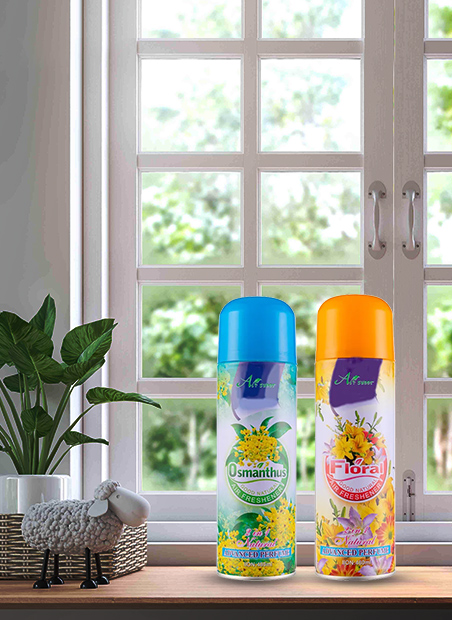15 Years Professional manufacturer focusing on R&D, production and sales of aerosol product.
 +86 199 5793 1696
+86 199 5793 1696 [email protected]
[email protected]
15 Years Professional manufacturer focusing on R&D, production and sales of aerosol product.
 +86 199 5793 1696
+86 199 5793 1696 [email protected]
[email protected]When planning a project that involves glass, mirrors, or sealing, two products often come to mind: glass foam spray and silicone sealant. Both are widely available and have their place in a toolkit, but they are designed with different primary functions. The choice between them is not about which one is universally better, but which one is more appropriate for the specific task at hand. This comparison will explore the characteristics of each product across several categories to help you determine the right material for your next project.

The fundamental difference lies in their core strength. Glass foam spray is an adhesive that cures into a firm, rigid foam. It is capable of creating a strong structural bond, meaning it can hold substantial weight and can be used to mount items like heavy mirrors or secure glass panels without additional mechanical support. Silicone, on the other hand, is primarily a flexible sealant. Its adhesive strength is generally lower. While it can hold lightweight objects, its main role is to create a watertight and airtight seal, not to provide significant structural support.
The visual outcome of your project is another area of distinction. Glass foam spray cures to a transparent and solid state, creating a seamless look that can be less obtrusive. It does not sag or slump during curing. Silicone is also available in clear formulations, but it remains a flexible, rubbery bead on the surface. The finish of silicone is highly dependent on application skill; achieving a perfectly smooth and professional bead can require practice and the right technique. Over time, silicone can be prone to collecting dirt and microbial growth, which can discolor the sealant.
The application process differs significantly. Glass foam spray expands slightly and fills cavities, which is useful for securing items in frames with uneven gaps. However, it requires quick and precise application, as it begins to cure rapidly and is difficult to clean up once set. Silicone is applied as a paste from a cartridge. It is easier to tool and smooth with a finger or a shaping tool, and it allows for more time to make adjustments before it skins over. Its curing time is generally slower and is influenced by the thickness of the bead and ambient humidity.
In terms of long-term performance, both products have their strengths. Cured glass foam spray forms a durable, rigid bond that is resistant to aging and can contribute to insulation. Silicone is renowned for its exceptional flexibility and waterproofing capabilities. It can withstand continuous movement, expansion, and contraction without losing its seal, which is why it is the preferred choice for sealing around sinks, bathtubs, and in other high-moisture environments. Glass foam spray does not possess the same degree of long-term elasticity.
Your project's requirements should guide your selection. Choose Glass Foam Spray when your primary need is a strong structural bond to hold glass or other materials in place, when a clear and solid adhesive line is acceptable, and when the risk of pressure from foam expansion is managed. Choose Silicone when your main goal is to create a flexible, waterproof seal in areas like bathrooms and kitchens, when you need a material that can absorb movement, and when you have the time and skill to tool the bead for a clean finish. Understanding these functional differences allows for a reasoned choice, ensuring the material aligns with the demands of the project.
Aerosol Spray Manufacturer


